Steve Rogers sent in these photos of the latest work at Williams
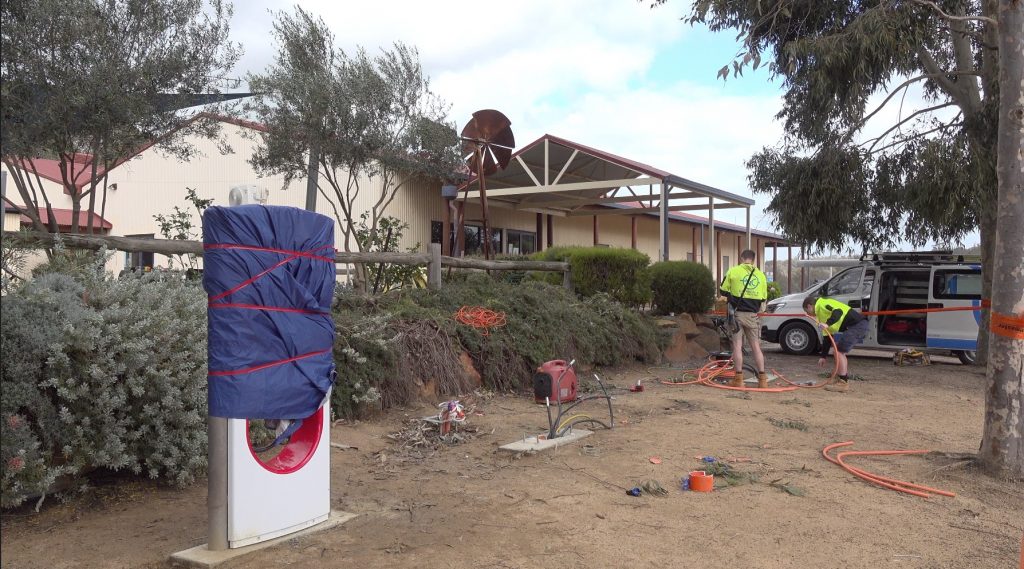

Looks like it’s coming along nicely – we’re in planning for our next overnight roadtrip, and this will definitely be a pitstop on the way!
Steve Rogers sent in these photos of the latest work at Williams


Looks like it’s coming along nicely – we’re in planning for our next overnight roadtrip, and this will definitely be a pitstop on the way!
Congratulations to Tesla and Karrinyup Shopping Centre for opening Perth’s 1st Supercharger.
It’s been a little over 2 years since TOCWA member, Jayson Stanley asked, and Elon said OK to a Store, Supercharger & Service Centre.
We’re thrilled to announce Tesla have fulfilled Jayson’s 3 wishes

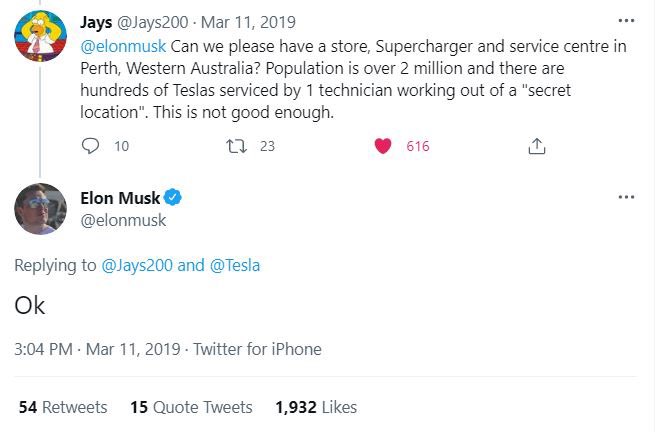
Our next casual meetup is Sunday 1 August 2021 at 11:00am at:
The Saint George Hotel
2 Morris Rd, Innaloo WA 6018
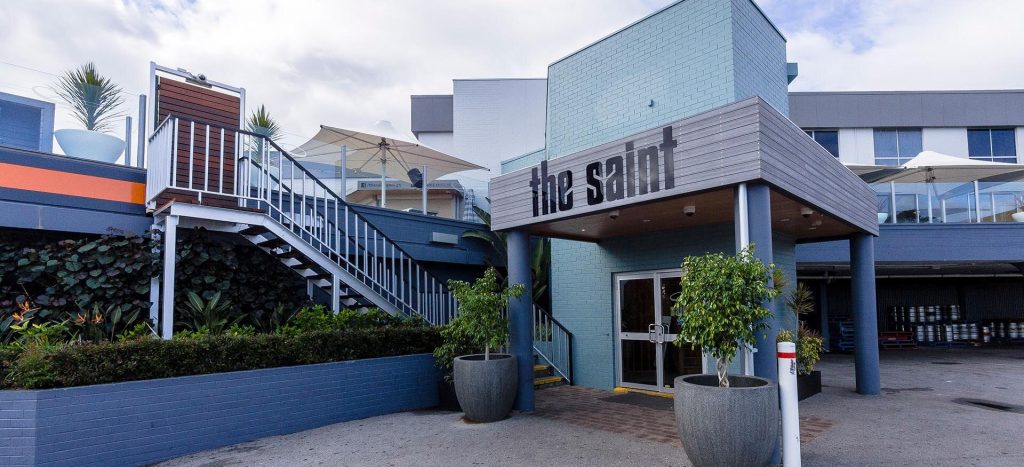
Casual meetups are open to everyone including those who have never seen a Tesla before.
It’s an ideal opportunity to meet club members and to see the cars in the flesh which we are all passionate about.
It’s also a great way for new owners to learn more about their cars and to share in the vast pool of knowledge gained by other members.
We hope to see you there and look forward to chatting about all things Tesla.
The Perth North Supercharger location has now been confirmed comprising six 250kW v3 stalls being installed in the underground car park of the Karrinyup Shopping Centre.
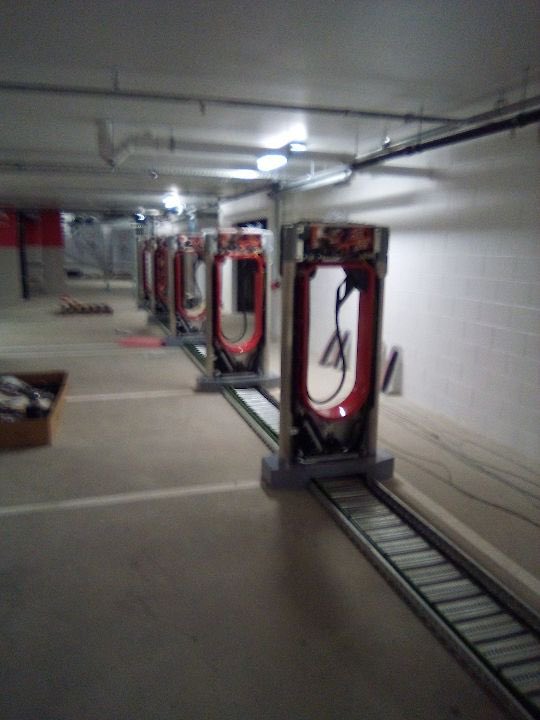
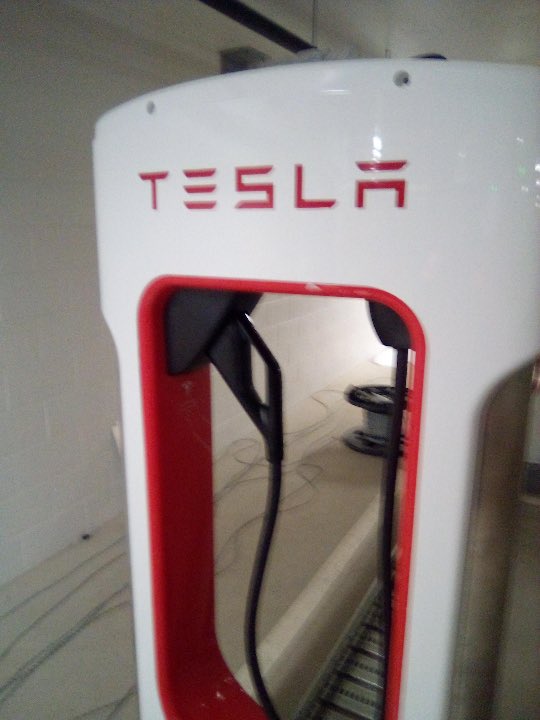

Our next casual meetup is Wednesday 14 July 2021 at 6:30pm at:
The Russell Inn Bar & Restaurant – 137A Russell St, Morley

https://www.facebook.com/TheRussellInnMorley/
Casual meetups are open to everyone including those who have never seen a Tesla before.
It’s an ideal opportunity to meet club members and to see the cars in the flesh which we are all passionate about.
It’s also a great way for new owners to learn more about their cars and to share in the vast pool of knowledge gained by other members.
We hope to see you there and look forward to chatting about all things Tesla.
Due to a redevelopment of the Jurien Bay foreshore the “plan B” 3 phase outlet has been removed making the 50kw DC charger at Caltex even more important for those looking for a short stop on the trip between Perth and Geraldton. There is a Tesla destination charger at the tourist park but this is limited to 3.6kw so is only useful for an overnight stop.

If Perth to Geraldton is only 410kms via the coastal road do I need to stop? In most cases, absolutely yes, due to the nature of the road surface and almost constant winds it’s near impossible to achieve reasonable energy efficiency, driving at slower speeds on this busy road and being a road hazard is not an option so it’s best to accept the inevitable and plan a 25 to 40 minute stop at Jurien Caltex while adding 20-40% back to the battery.
The most critical aspects to using the Jurien Bay DC charger is to carefully read the operating instructions on Plugshare before arrival, patience is front and centre at this location, if you try and rush the process or miss a step you’ll just waste time. The Tritium DC charger is very reliable, the only time it’s failed to work is due to an issue with a handful of pre 2020 model X or S cars with a CCS2 upgrade or the operator rushing the start up process. If your Tesla is less than 24 months old, you should not have any issues with this charger.
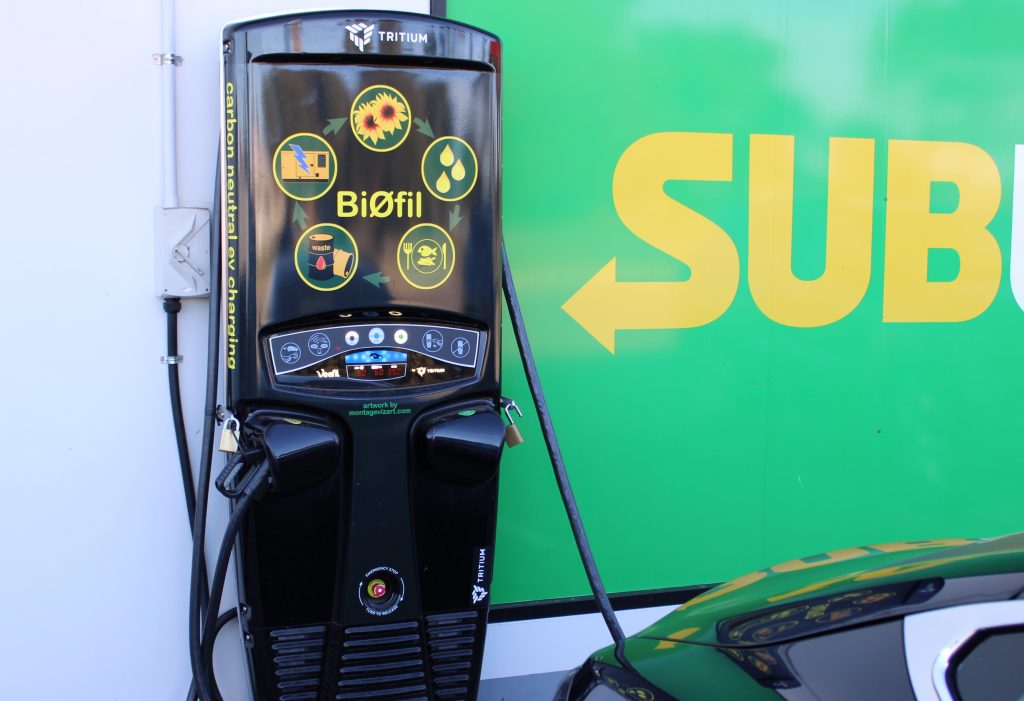
A few tips:
Phone ahead your arrival time, Wade or Jarryd will make an effort to be on site as they know the process better than other staff members.
Make sure when the charger is unlocked both charging handles are firmly pushed into the holsters before and while the charger completes its 5 minute start up process.
Don’t arrive at this charger with less than 50kms of range, even though it’s so far been extremely reliable there is no longer a plan B in town, keep enough spare range to drive the 24kms to the Cervantes destination charger.
Don’t complain about the price, the $50 flat fee may appear high (it used to be 70 cents per kWh and a $25 minimum) but the Electric vehicle owner that spent tens of thousands of dollars installing the Jurien Bay unit will never see a return on investment.
The Australian version of the Tesla HPWCv3 is now available from the Tesla store.
We’ve confirmed that it is 22kW capable and for those interested, the manual is available here

Independent Australian car reviewing website chasingcars.com.au have tested a Tesla Model 3 Long Range, Hyundai Kona Electric Elite, Nissan Leaf, MG ZS EV and the Audi e-tron 55 Sportback on a drive to exhaustion range test to determine which cars have the longest range and which cars have the most accurate range claims in authentic Australian driving conditions.
The time and venue for the 6 June casual meetup has changed due to a fire at the CY O’Connor Village Pub.
Our new venue is:
Last Drop Beeliar
103 Hammond Rd,
Beeliar WA 6164

https://thelastdropbeeliar.com.au
The new time for the meetup is 11:30am (30 minutes later than the original time)
With a hat tip to TOCWA forum user Exadios, we have the first signs of activity at Williams.
Can’t wait to seem more – and to get confirmation that we’re getting a v3!


Feel free to join the conversation on the forum here
https://www.tapatalk.com/groups/tocwa/williams-suppercharger-t191.html